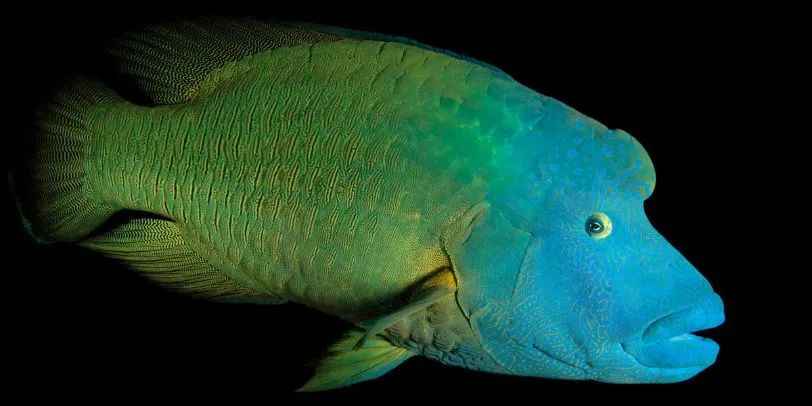This remarkable species plays a crucial role in maintaining marine biodiversity, with a diet consisting primarily of sea stars, sea hares, and various mollusks. By preying on these organisms, the humphead wrasse helps regulate their populations, contributing to the balance of coral reef ecosystems—a function vital to the health of coastal marine environments.
One of the most fascinating biological traits of the humphead wrasse is its ability to undergo sex change. Juveniles typically mature as females, and in some cases, adult females transition to males later in life. This unique adaptation, known as protogyny, is thought to enhance reproductive success within their social structures, ensuring the continuation of their species even in challenging conditions.
Despite their ecological importance, humphead wrasse populations have declined significantly due to overfishing, habitat loss, and the illegal wildlife trade. Their slow growth rate and late maturity further exacerbate their vulnerability, making conservation efforts critical for their survival.
Conservation organizations and governments worldwide are working to protect the humphead wrasse through measures such as fishing restrictions, marine protected areas, and public awareness campaigns. These initiatives aim to reverse the decline of this iconic species and preserve the delicate balance of marine ecosystems they inhabit.










